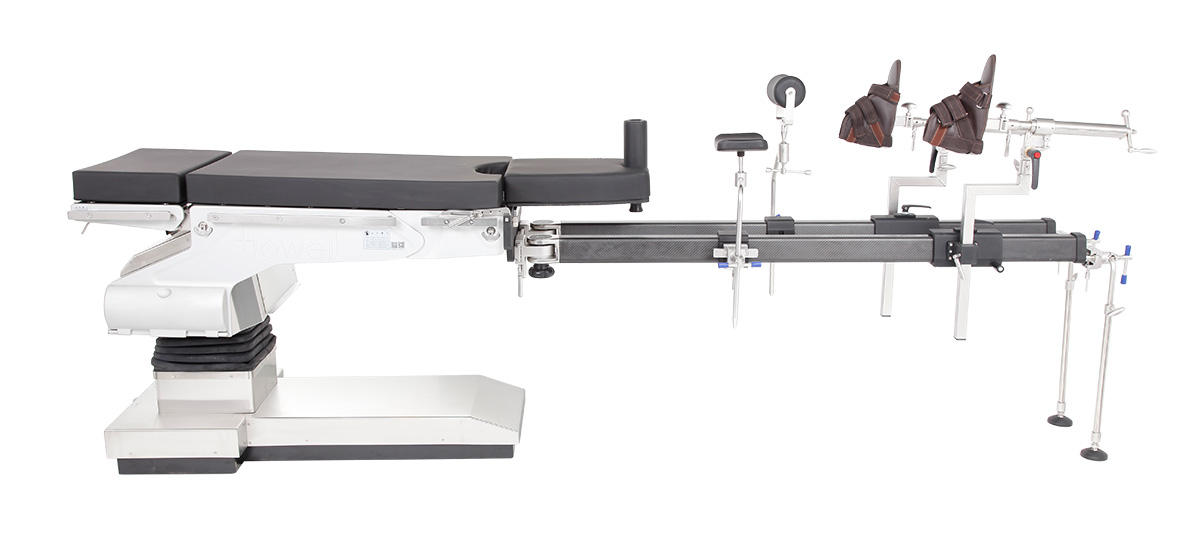Orthopedic Surgery
Originally, the term orthopedics meant the correcting of musculoskeletal deformities in children.
An orthopedic surgery is any operation performed on the musculoskeletal system. This system is comprised of your bones, muscles, ligaments, joints and tendons. There are three different types of orthopedic surgery. Traditional procedures are now competing with minimally invasive arthroscopic surgeries that tout less pain and quicker recovery times.
 Let's take a look at the most commonly performed orthopedic procedures.
Joint Replacement Procedures.
Let's take a look at the most commonly performed orthopedic procedures.
Joint Replacement Procedures. These procedures replace an injured joint with a prosthetic and are among the most common orthopedic operations. Common joint replacement surgeries include hip and knee replacement surgeries. It is important that patients are monitored for signs of complications after these procedures because the procedures carry a considerable amount of risk. Among these risks are the chances that the implant will fail or that the materials making up the implant will make their way into the blood, causing a toxic condition known as metalosis.
Revision Joint Surgery. If an existing implant has failed, it may be necessary to remove it and implant a new one. Revision surgeries are often required when the patient received a defective implant or an older implant has failed.
Debridement. Whenever tissue death has occurred and the affected tissue needs to be removed before healing can occur, a debridement procedure is how doctors will remove it. There are some cases where bone is also removed when necessary.
Spinal Fusion. Spinal fusions join the vertebrae together to provide more stability to the spine or to repair damage to the spine. For more information on spinal surgery, look here.
Bone Fusion. Like spinal fusions, bone fusions use grafting to fuse fractured bones together so that they can heal.
Soft tissue repair. These procedures focus on torn ligaments or tendons.
Internal Fixation of Bones. This type of surgery places fragments of bones together and keeps them in place using pins, screws or plates so that they can heal. In some cases, the devices will remain inside of the body.
Osteotomy. If a child has bone deformities, he or she will need this type of operation to help correct the deformity so that the bone grows properly.
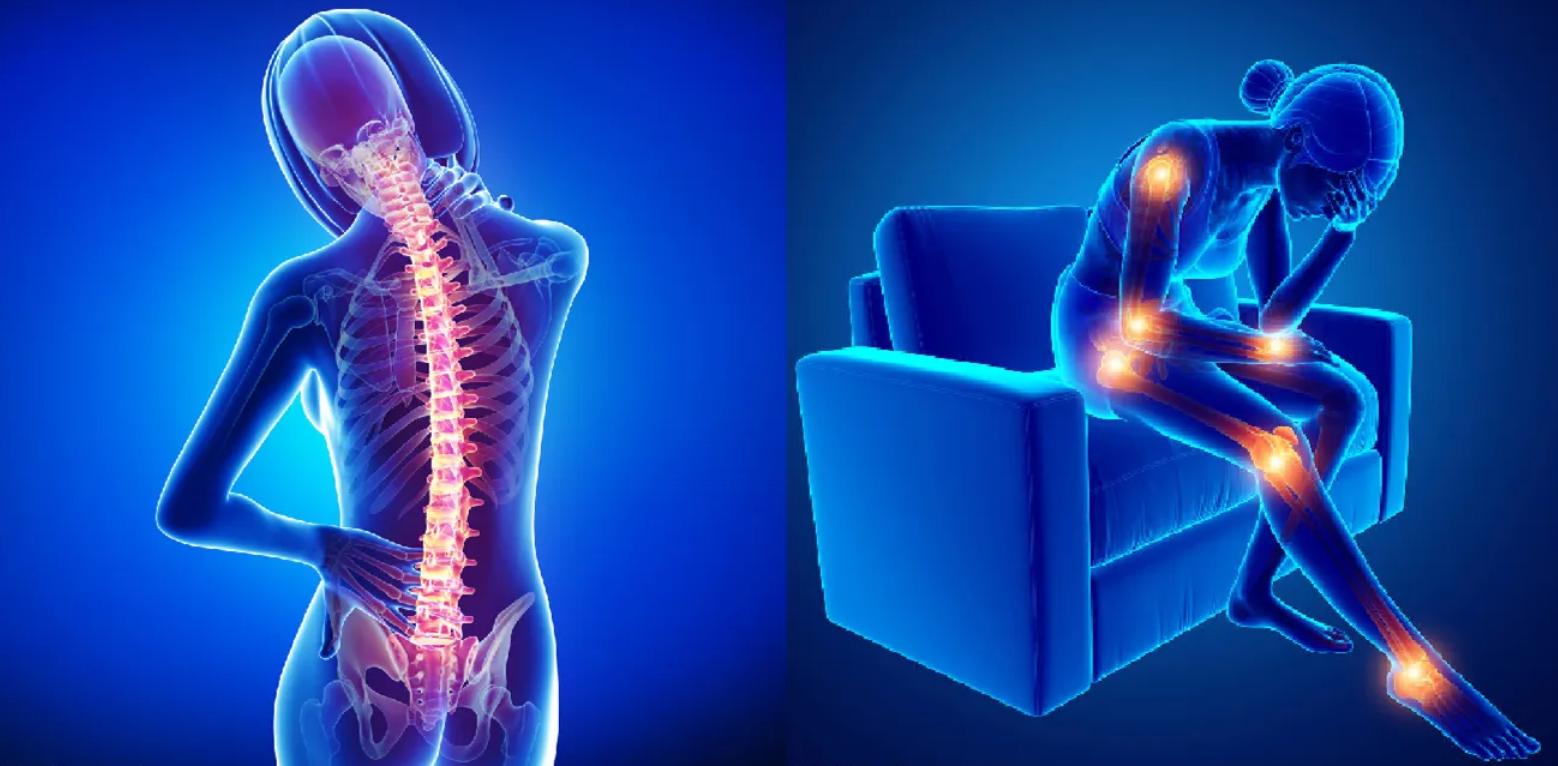 Common Areas of the Body Requiring Orthopedic Surgery
Wrists.
Common Areas of the Body Requiring Orthopedic Surgery
Wrists. The most common wrist surgeries are for the release of carpal tunnel or the fracture of the distal radius.
Ankles. Fractures of the ankle are common sports injuries. They are also common workplace injuries on sites where workers can fall from considerable heights or are exposed to trip hazards.
Hips. The most common hip procedures are the repair of the femoral neck, a trochanteric fracture or the replacement of the hip joint with a prosthetic.
Spine. The most common spinal operations are laminectomies, spinal fusions and intervertebral disc operations.
Shoulders. Arthroscopic surgery can be effective to repair the rotator cuff, decompress the shoulder or excise the distal clavicle. For more information on shoulder injuries, look here.
Knees. Procedures to repair the MCL and ACL are among the most common knee procedures. Also common is the total replacement of the knee.
Traditional vs. Arthroscopic Procedures
Most orthopedic surgeries are either performed traditionally or through the use of an arthroscope. There are some occasions where open surgery is needed, but the majority fall into these two categories. Traditional surgery is more invasive and often comes with considerably longer recovery times compared to arthroscopic procedures as incisions are made to parts of the body involved.
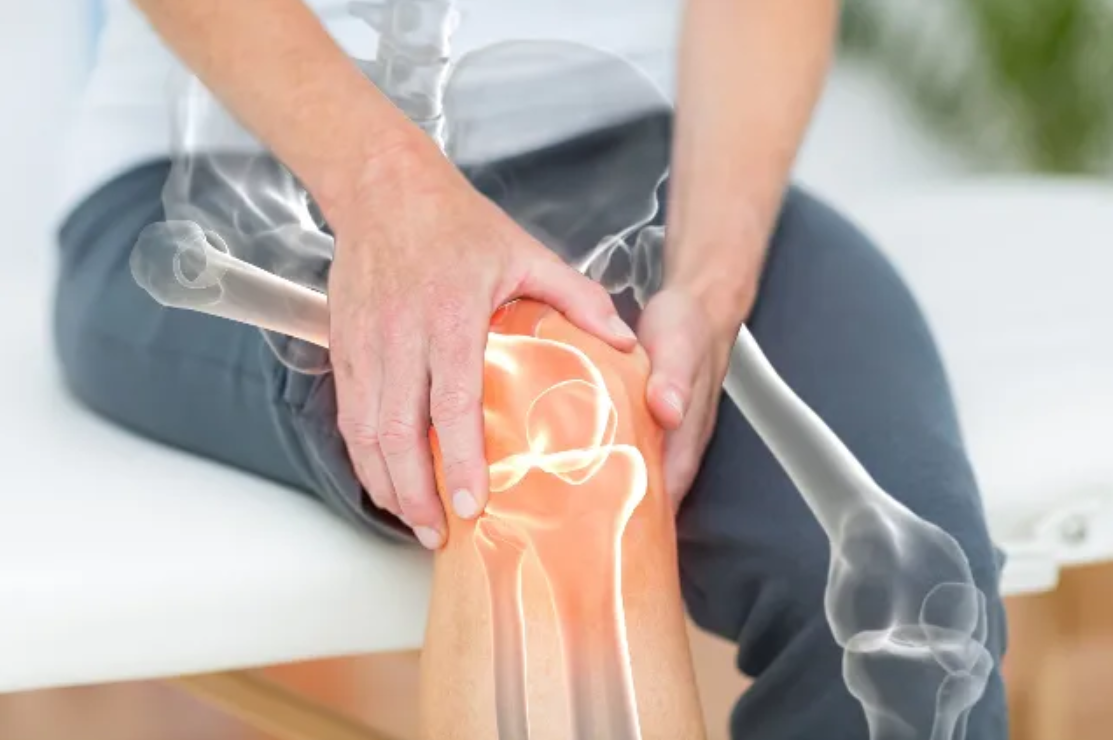 Orthopedic operating table - Orthopedic surgical traction operating table manufacturer
Orthopedic operating table - Orthopedic surgical traction operating table manufacturer
For orthopedic surgery, the better the X-ray transparency, the clearer the surgical image. Good light transmission also reduces the power of the x-ray machine, which in turn reduces the amount of radiation.
Orthopedic operating table adopt preferably an end-column design and a full carbon fiber bed board which have the features of good fluoroscopy effect, easy to use.
The double-column operating table is very convenient for orthopedics, especially for spine surgery. Firstly It facilitates the C-arm fluoroscopy, secondly the whole table is very narrow, convenient to stand for surgeons.
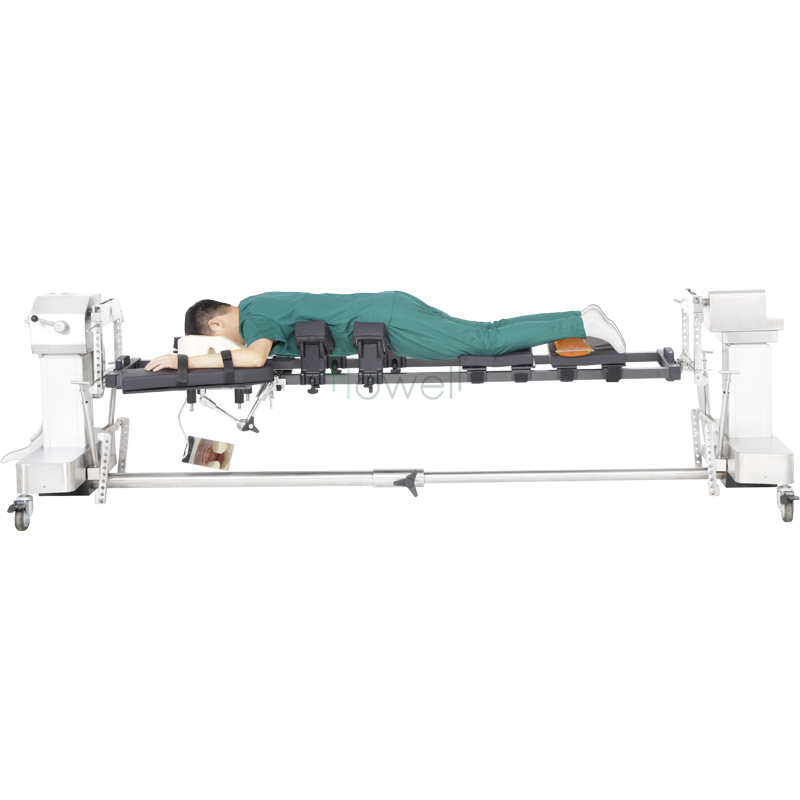
Orthopedic operating table must meet one important requirement, that is, the X-ray fluoroscopy performance should be excellent, also working with the C type arm, G type arm conveniently.
Many electric operating tables in general surgery can not meet this requirement, so we have to purchase special orthopedic operating tables.
Orthopedic operating table can perform all orthopedic surgeries, such as arm surgery, shoulder surgery, cervical spine surgery, spinal surgery, lumbar spine surgery, hip joint surgery, knee joint surgery, ankle surgery, leg fracture surgery, and so on.
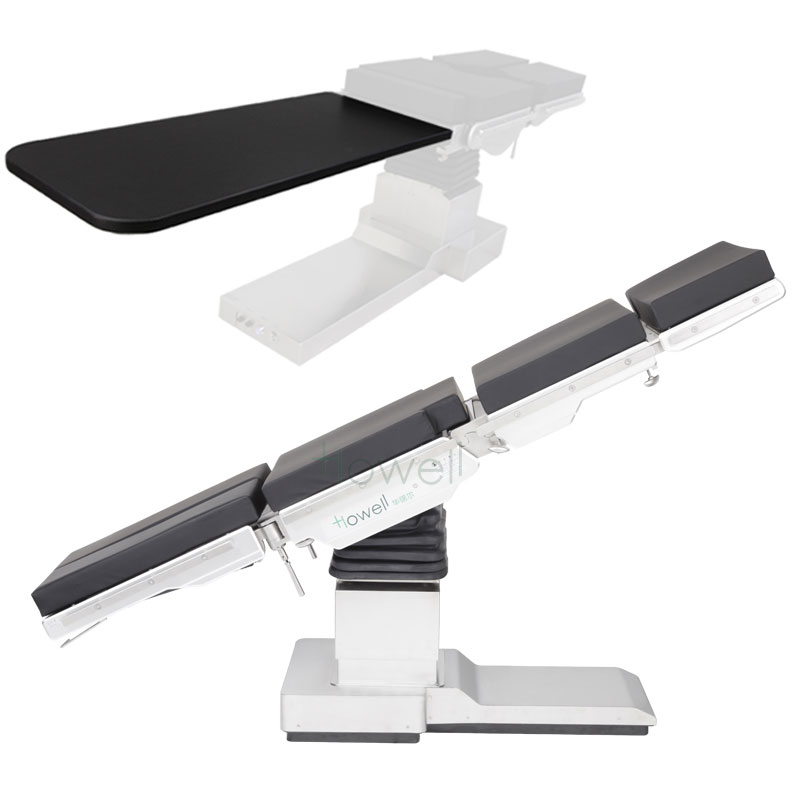
Orthopedic attachments are various, such as microsurgery board, shoulder surgical plate, spine operation frame, side position for fixation system, orthopedic traction frame, and so on.
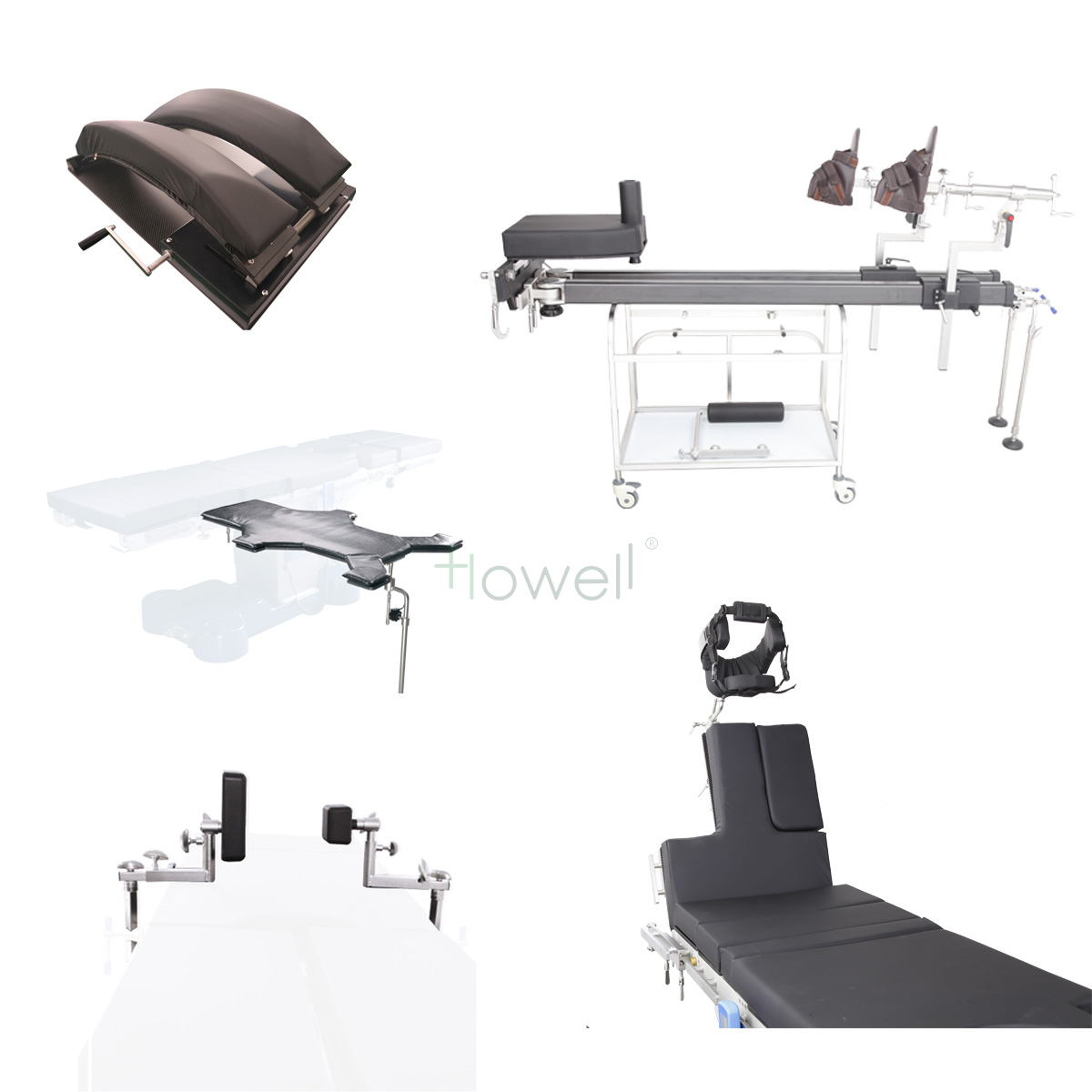
Orthopedic traction operating table is mainly used for orthopedic traction surgery of the lower limbs, and also hip surgery, lower limbs mainly. The most important attachment are the orthopedic traction frame.
Hence the orthopedic traction operating table is a part of the orthopedic operating table, and the accessories are much less.
